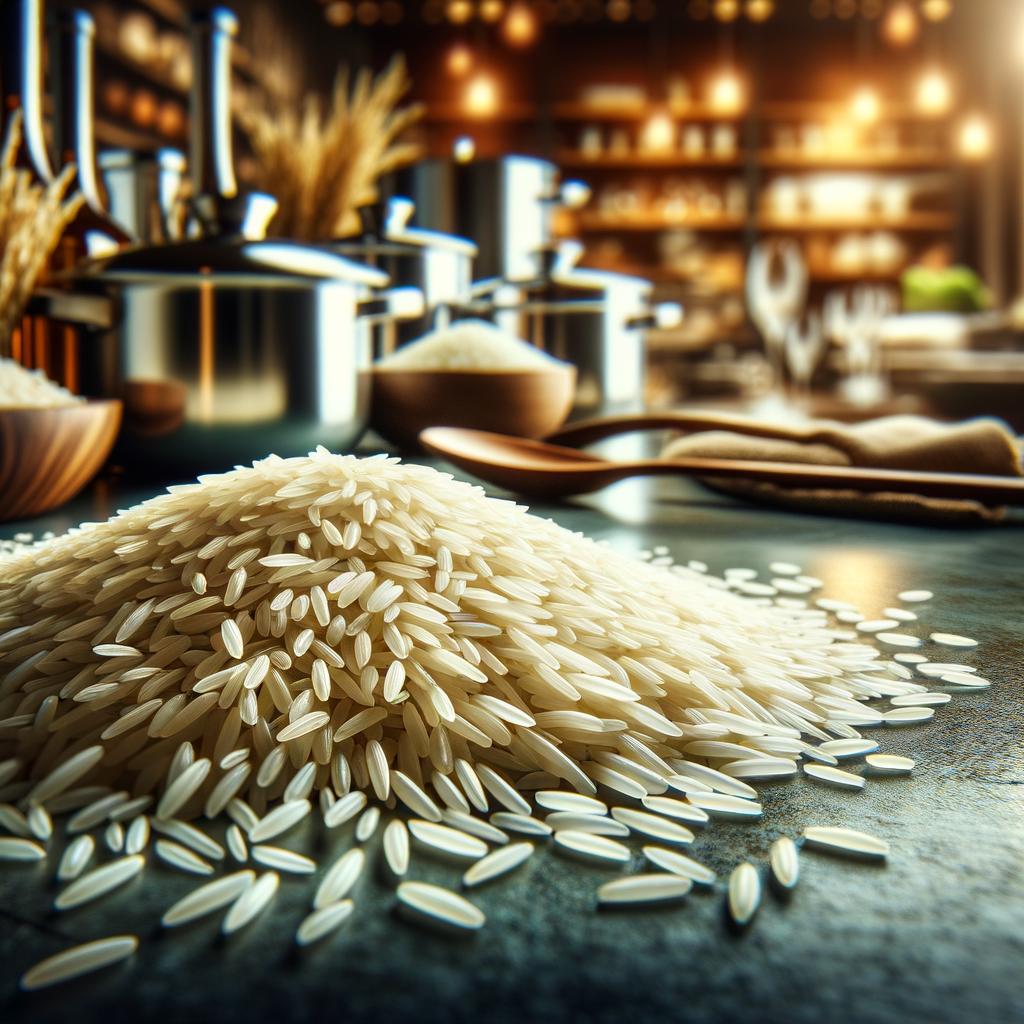Rice Hulls

Description
Rice hulls, the protective outermost layer of the rice grain, are an intriguing and often overlooked ingredient. They are light, airy, and have a delicate texture that is both crunchy and slightly fibrous. Their color ranges from a golden honey hue to a deep, earthy brown, depending on the variety of rice. They are virtually tasteless, but their unique texture sets them apart from other grain byproducts. What makes rice hulls truly special is their high silica content, a unique characteristic that sets them apart from similar ingredients like wheat bran or corn husks.
Primary Uses
Rice hulls are commonly used in the brewing industry, where they act as a natural filter during the mashing process, preventing the formation of a grain bed that could potentially cause a stuck sparge. They are also used as a soil amendment in gardening, improving soil aeration and water retention. In the culinary world, rice hulls are sometimes used as a filler in gluten-free breads and baked goods. Beyond their practical uses, rice hulls also hold cultural significance in some regions, where they are used in traditional ceremonies or as a symbol of fertility and abundance.
History
The history of rice hulls is as old as rice cultivation itself, dating back over 10,000 years. Originating in China, the use of rice hulls has spread across the globe, following the journey of rice as a staple food. They have been used in everything from construction materials to traditional medicines. In Japan, there is a charming folklore tale about a humble rice hull who dreams of becoming a part of the Emperor's meal, symbolizing the importance of every part of the rice grain in Japanese culture. Over time, the use of rice hulls has evolved, but their value and versatility have remained constant.
Nutritional Information
While rice hulls themselves are not typically consumed for their nutritional value, their high silica content has been recognized for its potential health benefits, including improving hair, skin, and nail health. However, they are indigestible if consumed directly and are mainly used for their functional properties in cooking or brewing. Compared to similar ingredients like wheat bran, rice hulls contain less dietary fiber but more silica, making them a unique ingredient in the world of grain byproducts. As a food historian, it's fascinating to delve into the story of such a humble yet versatile ingredient, reminding us that every part of our food has a tale to tell.

